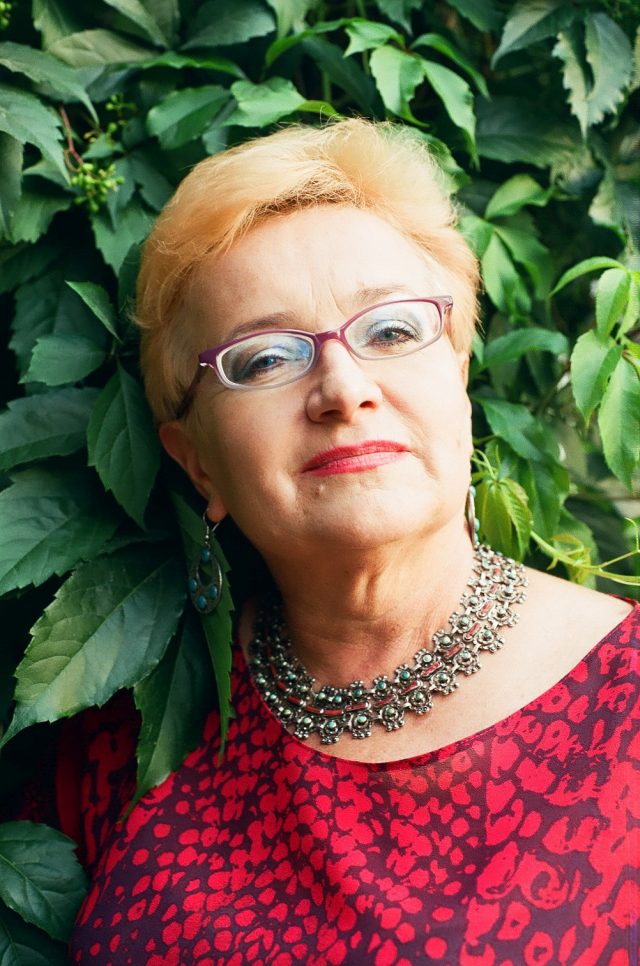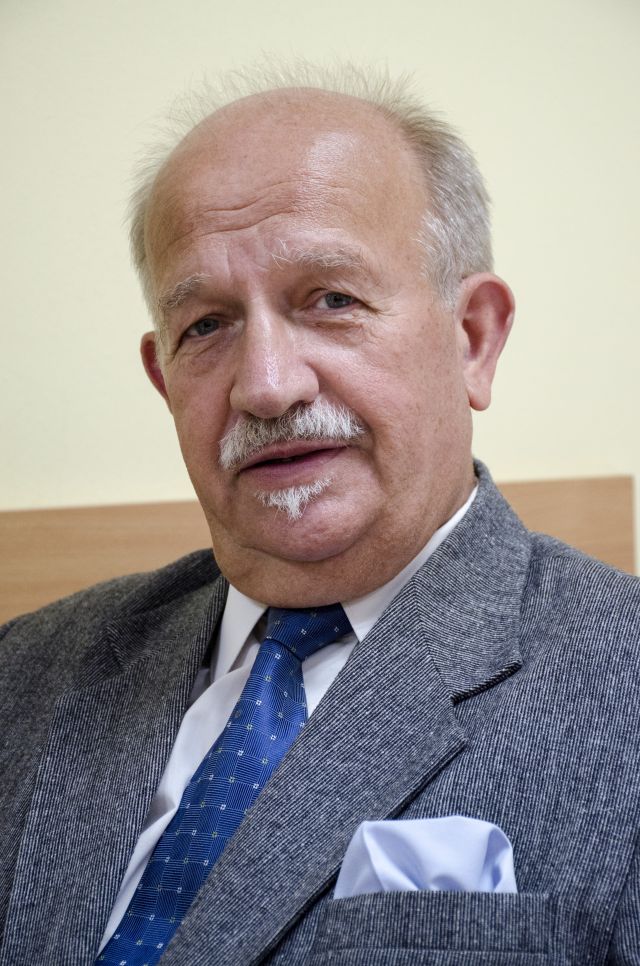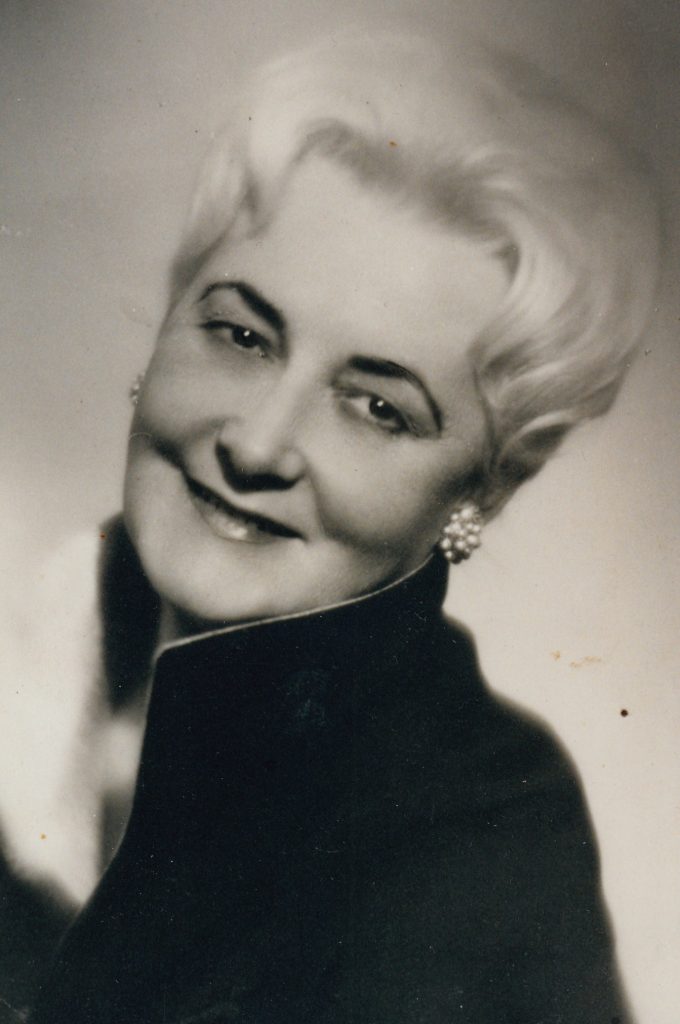History
In 1948 the Young Spectators’ Theatre (Teatr Młodego Widza) was founded in Lublin as one of the first groups in post-World War Two Poland to feature folklore in its repertoire. In 1953 the theatre was transformed into the Lublin Region Folk Song and Dance Group. In 1959 it went on its first tour abroad. In 1984 the House of Folklore was established. In 1998 the group was renamed the Wanda Kaniorowa Folk Song and Dance Company “Lublin” (Zespół Pieśni i Tańca “Lublin” im. Wandy Kaniorowej).
The above are just some of the milestones in the history of this group. This academy of folk song and dance is an extraordinary phenomenon on a national and global scale, also from the sociological perspective, considering that the Kaniorowa Company has had nearly 40 thousand members who have become permanently “infected” with a passion for folklore and most of whom now form the elite of Polish society. “Kaniorowcy” or, the Kaniorowa crew, as they are popularly called (after Wanda Kaniorowa who founded the ensemble), devote the better part of their youth to the Company (around a dozen, or even twenty years). It plays an important role in their education and socialization as they progress from children’s to teenagers’ groups on to the first team. Dancing and singing is also a source of great enjoyment even though it requires the performers to assimilate an incredibly extensive repertoire that includes melodies, songs and dances from nearly every region in Poland: folklore native to the Lublin and Rzeszów regions,
Wielkopolska (Greater Poland), Nowy Sącz, Cieszyn and Kaszuby (the Kashubian region), as well as national dances including polonaise, mazur, kujawiak, oberek and krakowiak, all artistically arranged by outstanding choreographers and musicians, usually members of the Company.
The Kaniorowa Company is also a cultural ambassador of Poland and the Lublin Region, having brought Polish folklore to nearly all continents during their countless travels. Thanks to their professionalism, freshness and vigour combined with a cheerful smile, they have won the hearts of audiences as well as numerous awards at festivals home and abroad. The year 1994 saw another watershed event in the history of the Company as it became the exclusive organizer of the International Folklore Meeting, launched in 1984 and still taking place in Lublin. In 1997 the festival was named after Ignacy Wachowiak who died in the preceding year; he was Wanda Kaniorowa’s student and successor as director and chief choreographer. Since 2000, the event is held under the auspices of CIOFF, the International Council of Organizations for Folklore Festivals and Folk Art.
The Song and Dance Company “Lublin” has received numerous commendations and awards from the Minister of Culture, Minister of Education, Minister of Foreign Affairs, the Governor of the Lublin Province and the Mayor of Lublin.
At present, the Company conducts classes for about 500 people, divided into 16 age groups, from 5 to 30-year-olds.
1948 – Young Spectators’ Theatre
1953 – Transforming Young Spectators’ Theatre into the Lublin Region Folk Song and Dance Group
1954 – The first permanent headquarters
1956 – Founding an Association of the Lublin Region Folk Song and Dance Group
1959 – First tour abroad
1978 – Putting into service of the new headquarters of the ensemble
1981 – Giving the Lublin Region Folk Song and Dance Group a name of Wanda Kaniorowa
1984 – Establishing a House of Folklore
1994 – Passage of the ensemble under the care of the The Municipality of Lublin City
1998 – Taking over the name: The Folk Song and Dance Ensemble ‘Lublin’
UP TO NOW DIRECTORS:
1. WANDA MARIA KANIOROWA founder and Director of the Ensemble in the years 1948-1980. Excellent educationalist, creator of many productions, fairy tales and outdoor events, choreographer of many dance suites which entered the repertoire of the ensemble. She created a real school of dance in which until today dance about 500 dancers aged from 5 to 25 years.

2. IGNACY WACHOWIAK pupil of Wanda Kaniorowa, an excellent dancer and an outstanding choreographer, director of the Ensemble in the years 1980-1996. The director of many outdoor events in the country, creator of the choreographies for the opera and many dance routines for the Polish ensembles abroad.

3. ALICJA LEJCYK KAMIŃSKA director and screenwriter of many artistic performances, director of the Ensemble in the years 1997-2005. Artistic Director of the Ignacy Wachowiak International Folklore Meetings. Author of ‘Live Folklore Lessons’.

4. JAN TWARDOWSKI – director of the Ensemble in the years 2005-2017

5. ADAM MARUSZAK – director of the Ensemble in the years 2017-2020
MUSIC DIRECTORS:
Czesław Chyżyński, Aleksander Bryk, Wiktor Waśkowki, Henryk Kukawski, Włodzimierz Kukawski, Adam Maruszak
CHOREOGRAPHERS AND DANCE INSTRUCTORS:
Wanda Kaniorowa, Andrzej Kanior, Ignacy Wachowiak, Jan Fabian, Janusz Litko, Małgorzata Kanior, Kazimierz Borowiecki, Stanisław Janicki, Elżbieta Sieroń – Wachowiak, Grzegorz Drelich, Andrzej Zbroja, Dorota Kanior
VOCAL TEACHERS:
Wiktor Waśkowski, Henryk Kukawski, Teresa Cużytek, Maja Waliniak, Henryk Gawin, Tadeusz Nóżka, Jadwiga Gąska
ACCOMPANISTS:
Teresa Cużytek, Grzegorz Szewczyk, Andrzej Karaś, Jan Kozłowski, Piotr Sawicki, Grzegorz Małyska, Kamil Kalita

HENRYK KUKAWSKI – music director in the years 1960-1999. Creator and author of many songs performed by the ensemble. Teacher of several generations of musicians who for years formed a band of the Lublin Region Folk Song and Dance Group and then of ‘Lublin’. Outstanding violinist who has always understood and felt the atmosphere of folk music. The proof for His important role in the ensemble is the fact that until today He is commonly called as the ‘Master’.
STANISŁAWA MAJEWSKA
a real history of the ensemble, she was its member since 1951. Employed as a wardrobe mistress, she was one of the most colorful characters. Friendly, always smiled. She remembered all those who danced and sang in the ensemble, she knew their further lots. She was the most versatile worker. In 1999 she passed away devoting to the ensemble 48 years of her life.

